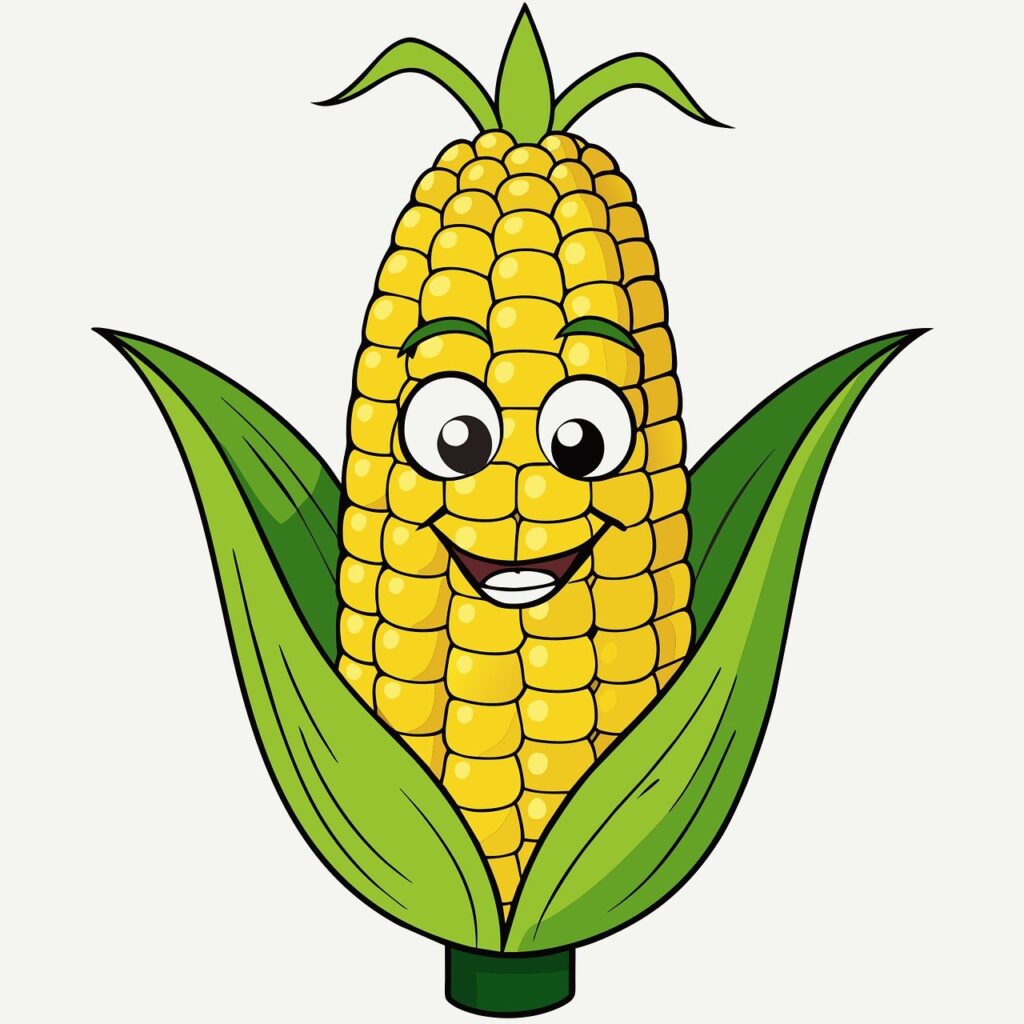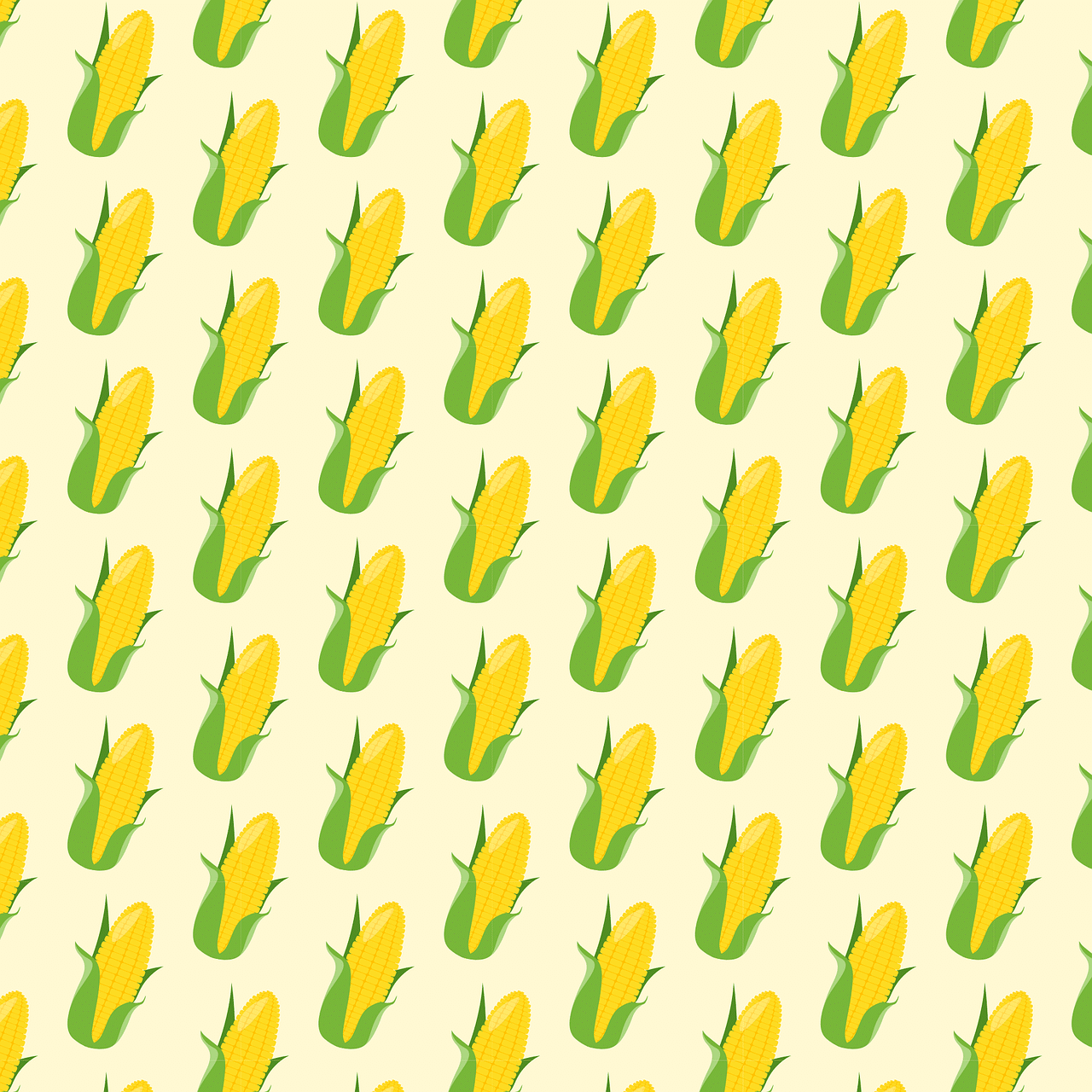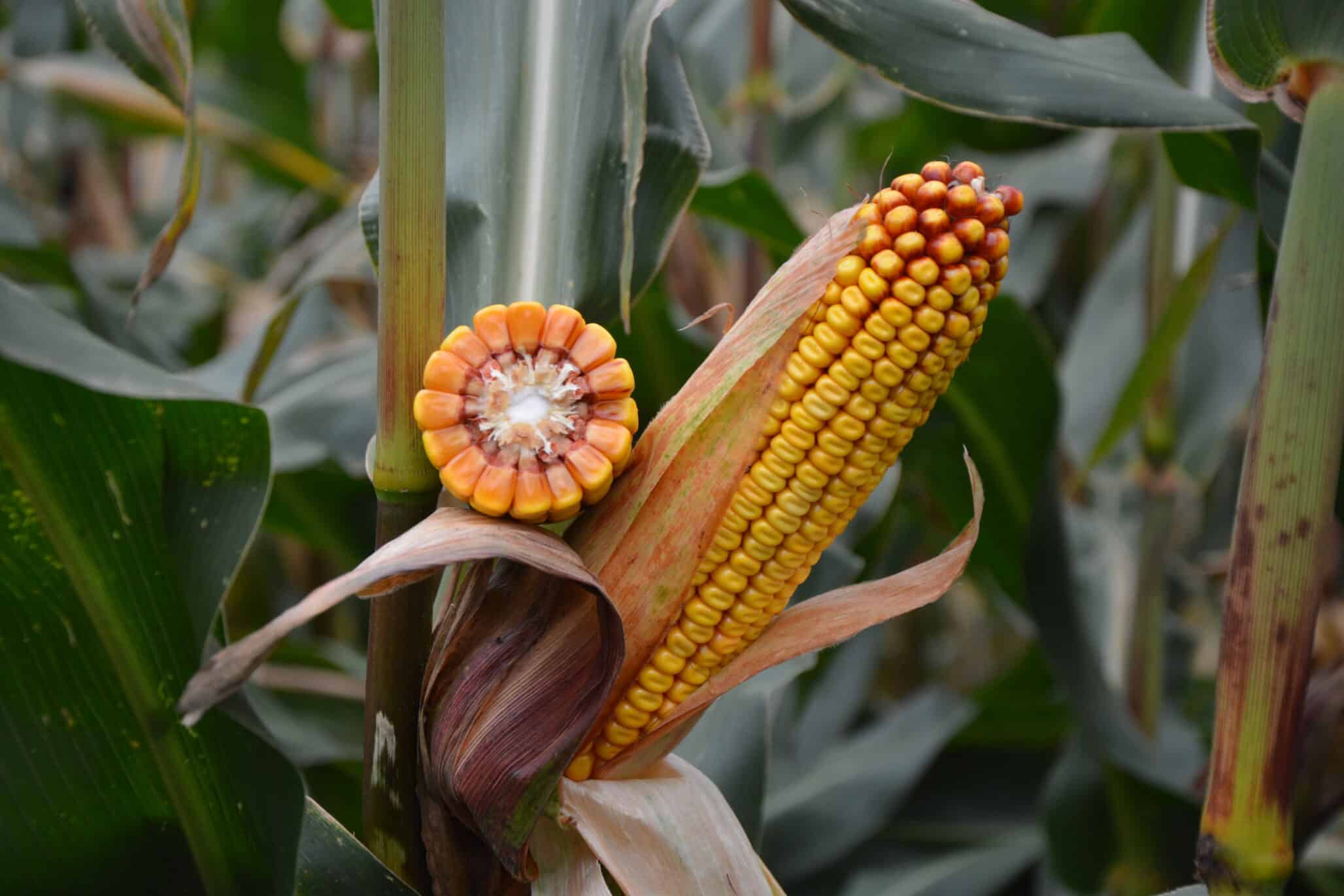Maize or corn is a popular ingredient in meals all around the world. A movie-watching experience is never complete without popcorn. It is a field crop that has become a staple food in many parts of the world and is also used for animal feed. Not only that, but you can also use it as a biofuel. Maize has many uses and exciting facts that you might not be aware of! Here are some fun facts on this ‘a-maize-ing’ crop!

The Origin
Maize was grown for the first time in Mexico more than 9000 years ago, where it was domesticated by the local people. They selectively cultivated a wild grass called ‘teosinte’ and this selection and domestication process led to the modern-day crop called maize or corn.
Maize or Corn?
Originally, the new crop discovered in the Americas became known to European explorers as maize, based on the word ‘mahiz’ which indigenous people used to refer to the big green stalks they were cultivating. In Europe, the crop was referred to as the Indian corn, until eventually it became shortened to just corn. These days, both maize and corn are used in different parts of the globe.

Maize Comes in Many Different Colours
Colour is one of the most fun facts about maize. Although we’re used to the golden yellow corn that gives our breakfast cornflakes the irresistible colour, the full range of shades corn comes in is enough to create a rainbow: red, blue, purple, black, brown, pink and so many others. One of the most amazing varieties is called Calico or Glass Gem corn and it looks like a multi-coloured gem with kernels that are red, blue, yellow, brown and many other colours.
Maize Stalks can be Much Taller than Humans.
A typical corn plant can be anywhere from 1,5mtr to 3,5 mtr tall, with the average corn around 2,5 mtr. The current Guinness Book of Record for tallest maize stalk falls on agricultural scientist Jason Karl, who grew a stalk of 14.69 mtrs tall, in the USA, in 2021. He did so by combining alleles involved in plant height and broke his own record from 2017.
Maize is Eaten in Different Countries in Different Ways.
Mexico uses maize as one of its main ingredients, and it is used for making traditional Mexican dishes such as tamales, pozole, quesadillas, tacos, enchiladas, tostadas, tortillas, etc. Countries such as Brazil, Romania, Serbia all have different names for a corn porridge. In East Africa, maize porridge is known as ugali, nshima in Malawi and Zambia, sadza in Zimbabwe and in parts of Botswana, phaleche. In South Africa, it is often called pap.

Popcorn is Made Because of the Corn Kernels Exploding.
Research shows that popcorn kernels should be cooked at 180C (356F) for the best result. And when you heat a popcorn kernel in that heat, the starch present inside the kernel explodes, and a white, fluffy substance pops out. We eat these exploded kernels as ‘popcorn.’
Maize is More than just Food
Don’t think that all the facts about corn revolve around food. While corn has given us plenty of delicious moments filled with favourites such as corn flakes, popcorn or tacos, this plant and its kernels are part of many everyday products, from cosmetics, to glue, fabric, crayons, fuel, paint, laundry detergent, plastics, antibiotics and even fireworks!

The Biggest Producers
According to the FAO statistics, in 2022, the USA is the largest maize producer, with 349 million MT, followed by China with 277 million MT and Brazil, with 109 million MT. Other countries in the top 10 are Argentina, EU, India, Mexico, Ukraine, Indonesia and South Africa. The total world production of maize stood at 1,163.5 million MT, which was a 3.5 per cent increase since 2018.
Maize and food security
Maize plays a key role in food security globally. Together, rice, wheat and corn make up almost two-thirds of the total food energy eaten by the entire world. In developing countries across Africa, Latin America and Asia, maize is a staple food for millions and accounts for 20 per cent of the food calories consumed in parts of Sub-Saharan Africa.
Over 200 Applications per Year
Did you know that since 1995, 5960 PBR applications for maize have been filed with the Community Plant Variety Office (CPVO). That is over 205 corn applications per year! All these new corn varieties have been tested for their Distinctness, Uniformity and Stability (DUS) against reference varieties that are already known.













